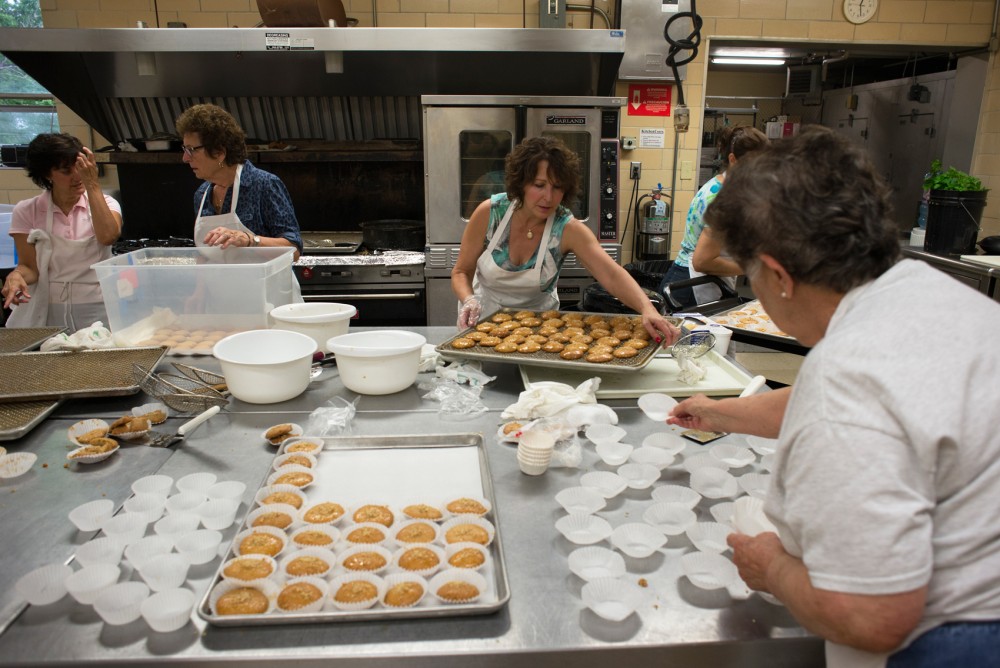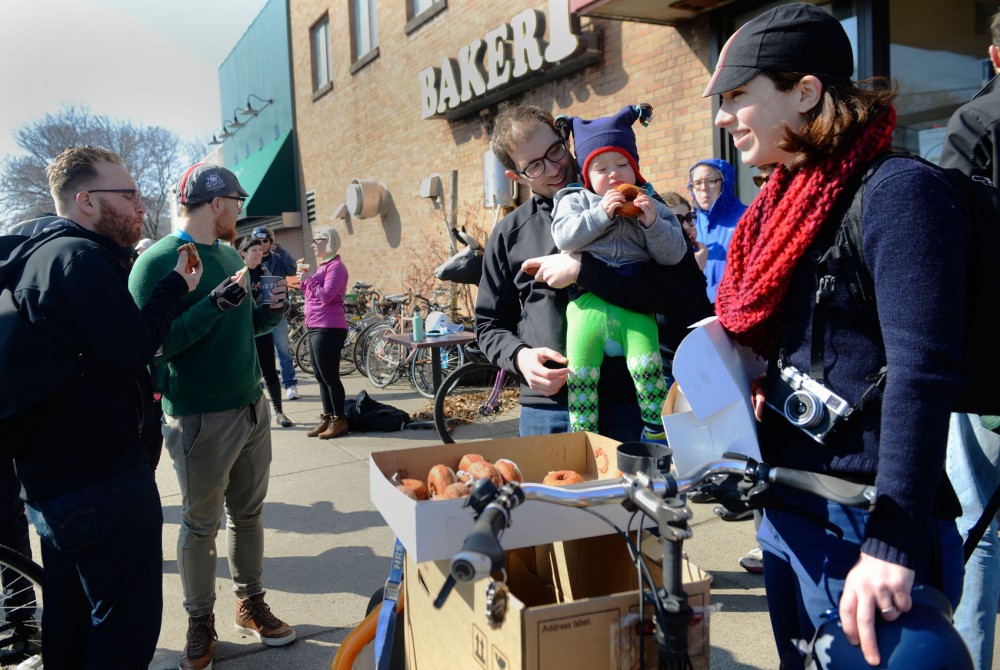Strippers, like any professional performers, can break their job into roughly two worlds: backstage and on stage.
On stage is where the fantasy is created, said Isabel Kennedy, a full-time stripper in the Twin Cities with a bachelor’s in art from the University of Minnesota. But backstage is where she’s free to decompress.
“The strip club is not real life. People will expose you to different aspects of themselves that they wouldn’t in real life. You’re dealing with all kinds of stuff ranging from owners treating you wrong to just nasty customers,” Kennedy said. “Even someone who is just drop-dead gorgeous — she has to be really strong mentally for this job.”
To strengthen the network of sex workers in an industry where performers have little institutional power, Kennedy and her colleagues created their own virtual backstage.
Kennedy, which is a pseudonym, tweets as @feministripper and calls that community “Stripper Twitter,” and customers aren’t always invited.
“Sometimes dudes that are obviously your own customer join a conversation. They’ll basically get their asses reamed,” Kennedy said. “We’re like, ‘Get out! This is our space.’”
Stripper Twitter builds connections between dancers from all around the country. It’s a break from the way things used to be, when an individual performer’s advocacy group was limited to the small group of women backstage at a club. The conversations and kinship was powerful but unstable and temporary.
“I started direct messaging and then texting with a girl from Philly I had met on Twitter,” Kennedy said. “It’s gone way beyond just Twitter. I have been entertaining the idea of doing a tour around the country with the girls that I’ve met.”
Sharing work opportunities also liberates dancers from being beholden to their club. Criticizing a club or making waves can get you immediately dismissed, and that can create a very one-way power dynamic, Kennedy said.
On her blog, “Twerking for the Man,” Kennedy tries to create an informed dialogue about issues like working conditions, payment systems and management behavior that don’t often see the light of day.
She works to change preconceptions about the kind of people who choose to work in the industry.
“I wanted people to stop assuming that strippers were just big-boobed Escalade Barbies,” Kennedy said.
Stories like Diablo Cody’s — the cerebral writer/feminist stripper who made good — have illuminated the realities of the industry. But knowledge of that reality has not changed the onstage world of stripping.
In the minds of customers and management, dancers are still sex objects and employees in a sometimes-exploitative system.
In a recent blog post on “Twerking,” Kennedy imagined opening her own club, run by and catered to the dancers. The entire staff, except door and floor guys, would be women; the décor would be classy; and the stages would be designed for comfort.
“If a strip club — ‘gentlemen’s’ would be nowhere in the title — like I described existed, women would be running, driving, flying from all over the country to work there,” Kennedy writes.
With the help of the network she’s helping build, the dream doesn’t seem too far off.










